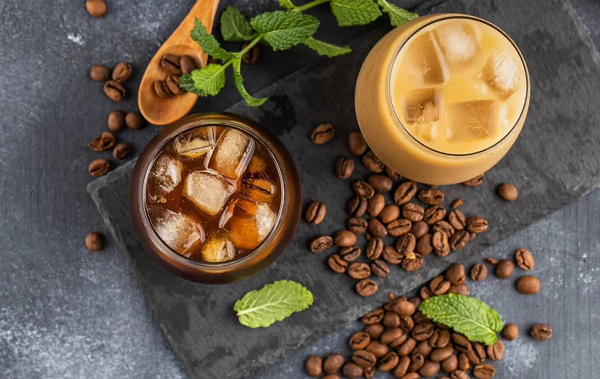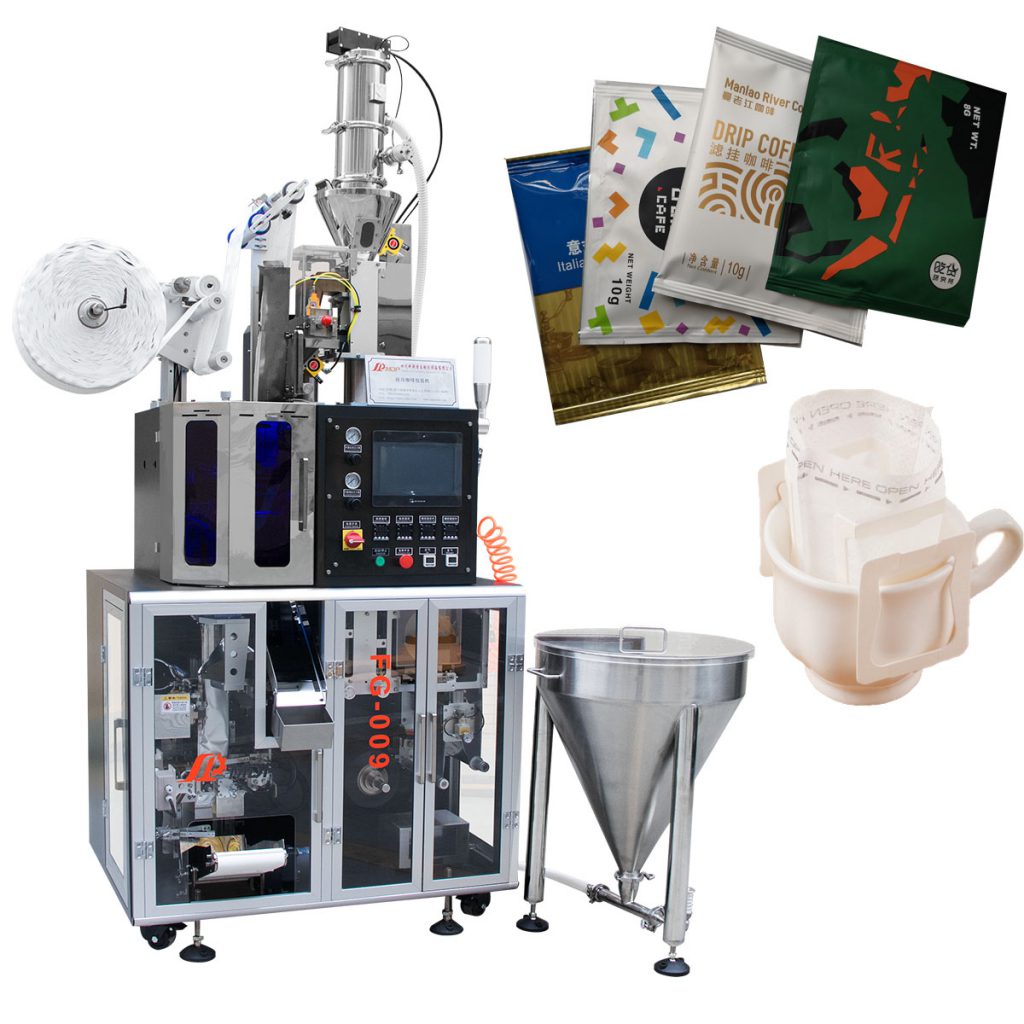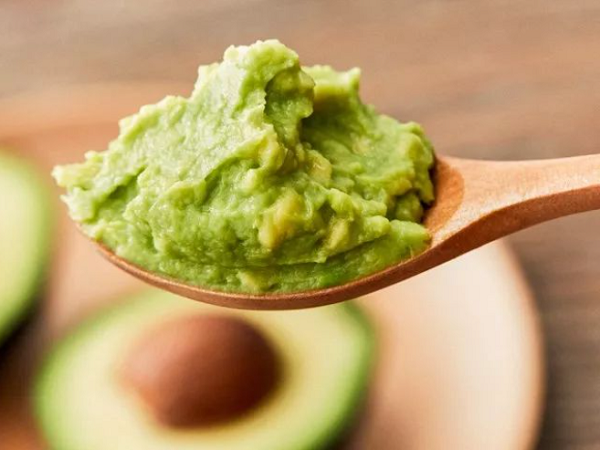Matters needing attention in coffee bean roasting, ground coffee packaging machine
Chlorogenic acid (chlorogenic acid refers to crown chlorogenic acid by default) is sour, but in roasting, it will be degraded to produce most of the important bitter substances in coffee.
Chlorogenic acid combines with the water in green beans and degrades into astringent caffeic acid and bitter quinic acid in a high temperature environment. In the first explosion stage, the compound molecules are dehydrated and esterified, and the quinic acid is decarboxylated to become a purely bitter quinic acid lactone, which no longer has a sour taste.
Caffeic acid will also be dehydrated and esterified during the development stage to form ethylene catechol oligomers, but this mostly occurs in the second explosion stage. Ethylene catechol oligomers have a heavy bitterness characteristic of deep roasting, and more ethylene catechol oligomers combine together to form ethylene catechol polymers with obvious bitterness, which is what we often say “burnt smell”.

Among the hydrolysis products of a series of chlorogenic acids, quinic acid (sour and bitter), caffeic acid (astringent), ethylene catechol polymers (astringent and bitter) can all cause bad taste in coffee, quinic acid lactone and Although the bitter taste of ethylene catechol oligomers is acceptable, it is not a good taste.
Therefore, during the roasting process of coffee beans, roasters usually try to control the hydrolysis of chlorogenic acid as much as possible to reduce the content of chlorogenic acid hydrolyzate in coffee.
Of course, chlorogenic acids are unlikely to be completely hydrolyzed during roasting, regardless of skillful control by the roaster. More than half of the chlorogenic acid will be retained until the first explosion stage, and dehydrated, decarboxylated, and esterified in the first explosion stage to form chlorogenic acid lactones that no longer have a sour taste.
If the bitter taste of quinic acid lactone and ethylene catechol oligomers is a barely acceptable bitter taste. Then the bitterness of chlorogenic acid lactone is the mellow bitterness that we love and can bring pleasure, and it is also the “good bitterness” often mentioned in coffee books.
In the development stage of medium and light roasted beans, an important problem that roasters need to face is how to measure the degree of chlorogenic esterification that a coffee bean must achieve.
If the degree of esterification of chlorogenic acid is insufficient, the coffee will have a sharp and irritating sour taste, but when the degree of esterification of chlorogenic acid is too high, the coffee will appear mellow but lacking in flavor.
Roasters need to find the ideal balance between acid and bitterness, which is different for each coffee bean.
The esterification of chlorogenic acid occurs before the second crack begins, so it is often called “medium and light roast bitterness”. After entering the second explosion stage, the chlorogenic acid lactone continues to dehydrate and will be transformed into another compound, phenyllindane.

As mentioned above, phenyl lindane is a compound with a metallic bitter taste, which is likely to be found in dark roasted coffee beans.
Phenyllindane is the end point of the change of chlorogenic acid in roasting. But what needs to be pointed out is that the esterification reaction of chlorogenic acid is reversible. That is to say, chlorogenic acid lactone and phenyllindane will be reduced to chlorogenic acid after contact with water.
Therefore, when coffee beans (especially medium and light roasted beans) are excessively exposed to air and absorb moisture in the air, chlorogenic acid lactone is reduced to chlorogenic acid, and chlorogenic acid will be hydrolyzed into caffeic acid and quinine Sour, producing sour and bitter taste.










